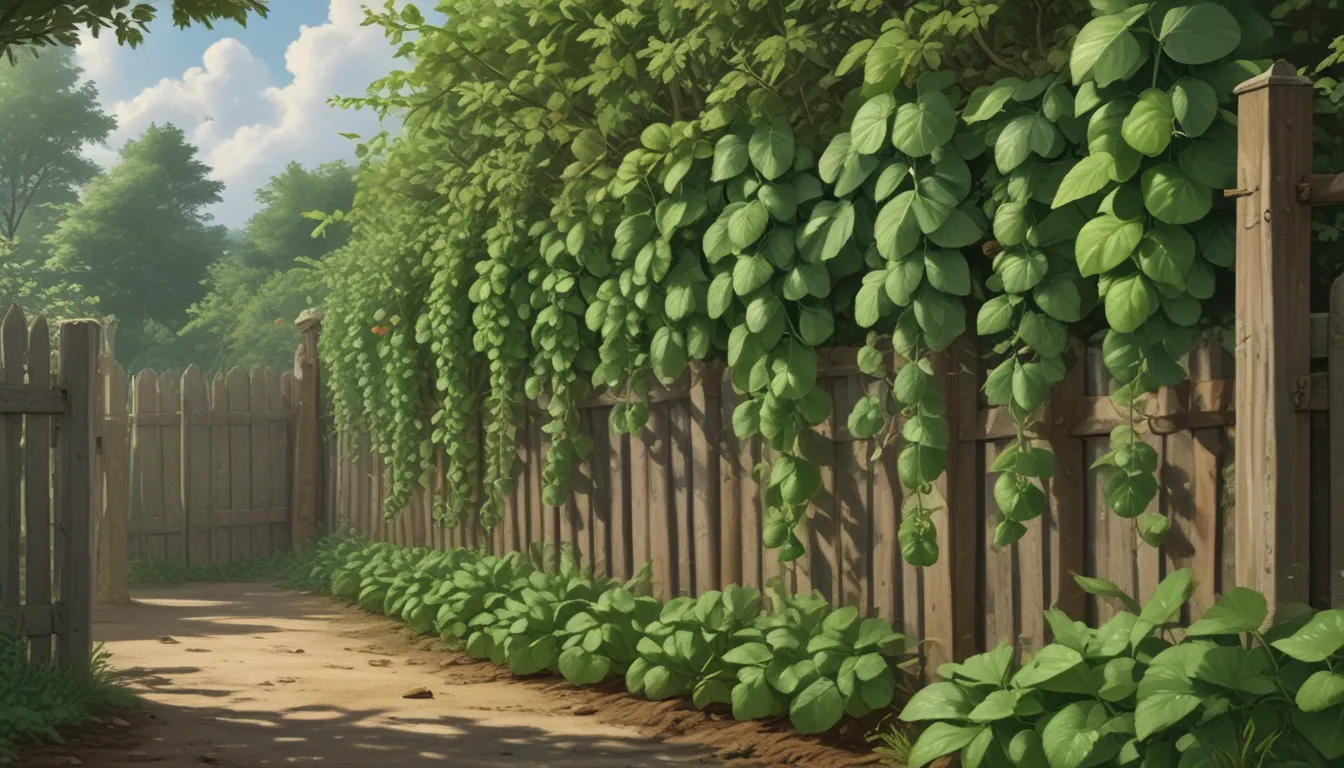How to Grow Cucumbers on a Fence: A Comprehensive Guide

Are you looking to save space in your garden while enjoying a bountiful cucumber harvest? Consider utilizing fences to grow your cucumbers! In this article, we’ll explore the advantages of growing cucumbers on a fence, from saving space to increasing fruit production. We’ll also discuss the best varieties to grow, how to select the right fence, find the best site, sow or transplant the plants, and provide maintenance tips for your aerial cucumbers.
Advantages of Aerial Gardening
Trellising vining vegetables, such as cucumbers, offers numerous benefits. By training these plants to grow vertically on a fence, you can reclaim space in your garden, improve airflow to prevent diseases, and increase fruit production. Vining cucumbers produce fruit throughout the season, making them a favorite among home gardeners. Additionally, growing cucumbers on a fence can make harvesting easier and protect the fruits from pests.
Choose a Cultivar
When selecting cucumber varieties to grow on a fence, prioritize vining types over bush varieties. Consider factors such as days to maturity and vine length when choosing the best cultivar for your garden. Some recommended varieties for aerial gardening include ‘Burpless Beauty,’ ‘Lemon,’ and ‘Painted Serpent.’ These cultivars offer disease resistance, high yields, and unique fruit characteristics ideal for fence gardening.
Select a Fence
The right fence is essential for successfully growing cucumbers vertically. Look for fences with vertical openings or attach wire panels that provide support for the climbing vines. Coated PVC wire fences with four- to six-inch openings are highly recommended for ease of maintenance. You can also repurpose existing fences, such as wrought-iron or wood latticework, for growing cucumbers. Consider additional support options like trellises, poles, or wire panels to ensure proper vine growth.
Find the Best Site
Choose a sunny location for your cucumber fence, ensuring that the plants receive at least six hours of sunlight daily. Prepare the soil by amending it with organic matter to improve drainage and fertility. Avoid planting near chemically treated lawns or neighboring properties to prevent contamination. Consider container gardening if your soil conditions are unfavorable, ensuring adequate watering and fertilization for the vigorous vines.
Sow or Transplant
Start your cucumber seeds indoors for successful transplanting, ensuring a gap of four inches between the fence and seedlings. Direct-sow seeds outdoors in pairs, spacing them one foot apart. Guide the growing vines to climb the fence by attaching them to wires or openings gently. Provide support for the vines as they grow vertically to prevent tangling and ensure upward growth.
Care for Aerial Cucumbers
Maintain your aerial cucumbers by providing adequate water, mulching, and regular harvesting. Keep the vines well-watered, especially in warm weather, and mulch them to retain moisture and suppress weeds. Harvest ripe fruits promptly to encourage new growth and prevent vines from becoming top-heavy. Use scissors to harvest cucumbers instead of pulling, as excessive force can damage the roots.
Looking Up to Your Cucumber Crop
Enjoy a bountiful harvest of fresh cucumbers grown on a fence, ready for pickling and sharing with friends. Be prepared for a prolonged harvest season that can last over a month, providing you with an abundant supply of cucumbers. Share your experiences and questions in the comments section below, and check out our other cucumber-related guides for more gardening tips.
By following these guidelines for growing cucumbers on a fence, you can maximize your garden space and enjoy a successful crop of fresh, homegrown cucumbers. Happy gardening!





